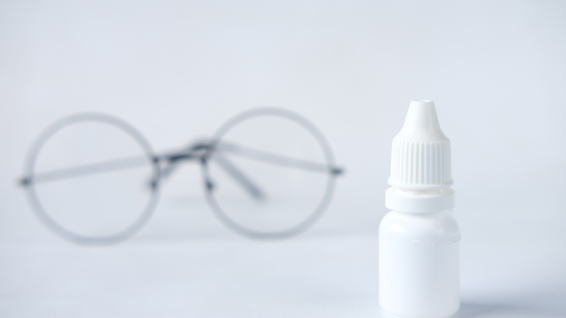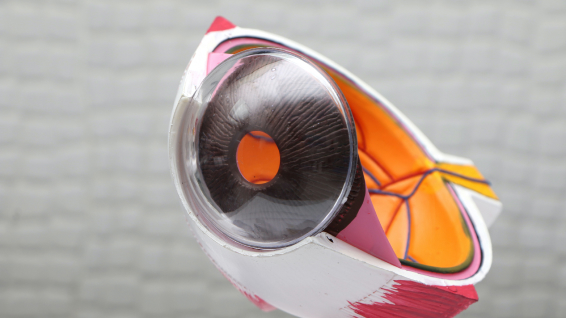LASIK Surgery Treatment
WHY CHOOSE US?
30,000+ laser procedures by the one surgeon
NewVision Clinics provide expert laser eye surgical procedures at multiple locations throughout Melbourne, making it convenient for everyone to consult an eye specialist. We pride ourselves on utilising the latest technology and techniques for LASIK surgery to help you correct a range of issues including long-sightedness, short-sightedness, cataracts, presbyopia and astigmatism.
LASIK Eye Surgery Overview
The term LASIK is an acronym for the procedure formally known as Laser-Assisted in Situ Keratomileusis. LASIK is a type of laser eye surgery that is designed to correct refractive errors by reshaping the cornea. By undergoing LASIK eye surgery, a patient may reduce their need for glasses and contact lenses.
LASIK surgery is performed by firstly creating a thin flap on the front surface of the eye. A cool beam of light from an excimer laser will then gently sculpt the cornea tissue into a new shape that will correct the refractive error. The flap is then replaced and will heal rapidly on its own. Following the surgery, clear vision is restored almost instantaneously.
The entire LASIK eye surgery takes approximately 15-20 minutes and patients usually experience little or no discomfort during the Lasersight® process. Under normal circumstances, you can have both eyes treated on the same day and then quickly return to normal activities. Most people find that they have clear vision by the next morning.

THE PROCEDURE
LASIK Eye Surgery Procedure, Step-By-Step
Step 1
LASIK Surgery Preparation
Anaesthetic and antibiotic eye drops are applied to the eye.

Step 2
Flap Creation
A very thin, circular flap on the front surface of the cornea is created and then gently folded back to expose the inner corneal tissue. The flap is hinged at one edge so that it can be replaced once the once the surgery is complete.

Step 3
Cornea Reshaping
Computer-controlled pulses of cool laser light are applied to the inner layers of the cornea to remove a precise, pre-set amount of corneal tissue. This process reshapes the cornea and corrects the refractive error.

Step 4
LASIK Completion
The surgeon will then gently replaces the flap and aligns it to its original position. From here, the flap will heal naturally and securely on its own.

Following LASIK eye treatment, clear plastic shields are placed over the eyes for protection. This is to ensure that the eyes aren’t inadvertently bumped or rubbed. The healing process is very fast, but the shields are an added precaution and should be left on until removed at the post-operative appointment the following day.
Following LASIK eye treatment, vision recovery is rapid yet your eyes may feel light sensitive. We provide you with a pair of sunglasses for your journey home and for future use. There is typically little or no post-operative pain and you can usually return to work and other leisure activities within 24-48 hours of surgery.
The benefits of LASIK eye surgery
- Healing times are significantly shorter than PRK
- LASIK patients typically return to work and leisure activities within 48 hours
- It is routine to treat both eyes with LASIK on the same day
- The improvement in vision is virtually instantaneous
- LASIK Eye Surgery cost is reasonable

Where to find us
Clinic Locations
East Melbourne
Consultations & Laser Centre
160 Victoria Parade
East Melbourne VIC 3002
FAQs
What is the difference between laser and LASIK eye surgery?
Laser eye surgery refers to all forms of eye surgery that is undertaken using laser technology. LASIK eye surgery is a type of laser eye surgery that stands for laser-assisted in situ keratomileusis.
How long does LASIK eye surgery take?
LASIK eye surgery is generally very quick, taking just 15-20 minutes to complete. Patients generally experience little to no discomfort during this time and are able to return to leisure activities within 24-48 hours.
Can I drive to my LASIK surgery appointment?
It is not recommended that you drive yourself to and from your laser surgery appointment. Following your procedure, you will need to be driven home and accompanied by someone else. Once you have attended your follow up appointment the following day, your specialist will then assess your suitability to resume driving.



